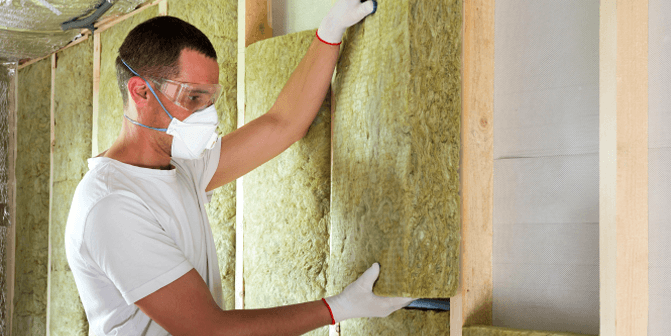Heat Wave Brings High Cooling Costs. Here's One Way Congress Could Help.
Let's Save Energy
Alliance to Save Energy's Blog

Last weekend, temperatures soared from the Plains to the East Coast, hitting triple digits in many spots, creating dangerous conditions and placing additional, relentless strain on energy resources as temperatures remained in the 80s even into the night. While more tolerable weather has arrived in much of the affected regions, it’s only a matter of time until the heat rises again.
In the U.S., approximately 86% of homes built since 2000 have central air conditioning, and the total number of homes using air conditioning has increased to 87% nationwide. During the recent heat wave, households cranked up the air conditioning around the clock to battle the relentless high temperatures. This put pressure not only on power sources but also on the average U.S. household, which already spends almost $2,000 per year on energy costs.
For low-income households, energy costs represent a staggering 16.3% of the household income, and in 2015, over 30% of households reported facing a challenge in paying energy bills or sustaining adequate heating and cooling. The greenhouse gas emissions are significant, too: The average U.S. air-conditioned home causes power plants to emit approximately 3,500 pounds of carbon dioxide each year.
There are some quick steps you can take to keep cool, including changing and cleaning your cooling unit’s filters, covering the windows, and turning on your ceiling fans; however, it’s important to consider long term efficiency options to stay cool and safe in the face of rising temperatures and extreme weather events. Since many of these projects, like installing new windows and insulation, come at a greater upfront cost, tax incentives are a key policy tool to making these options accessible.
Energy Efficiency is the Coolest Way to Beat the Heat. Congress Can Help.
One of the best policy options we have for reducing residential energy costs and demand, while tackling harmful carbon emissions, is through energy efficiency tax incentives. The Section 45L New Energy Efficient Home Credit encourage construction of efficient new homes, while the Section 25C Nonbusiness Energy Property Tax Credit provides an incentive for homeowners to invest in energy efficiency home improvements such as insulation, windows, and heating and cooling equipment.
Both incentives are part of a suite of efficiency tax provisions that expired Dec. 31, 2017. According to the Department of Energy, even updating a 10-year old air conditioner to a more efficient model can reduce energy costs by 20 to 40%.
Time to Turn Up the Heat on Updating Expired Efficiency Incentives
Considering the impact efficiency upgrades have on energy usage and energy costs, the failure to make meaningful updates and extend these efficiency incentives is a glaring omission in the tax code. In fact, a Department of Energy study analyzing savings for five of the product categories where homeowners’ purchase decisions could be affected by the 25C tax incentive – including gas furnaces, electric heat pumps, central air conditioners, gas water heaters, and electric water heaters – found enormous potential benefits.
The study concluded that raising the incentive and extending it for 10 years would yield $52 billion in consumer energy bill savings. Those energy savings translate to avoiding 337 million metric tons of carbon dioxide – the equivalent of the electricity use of half of all U.S. households for an entire year.
Recent extreme weather events illustrate the need for U.S. households to make meaningful progress in managing energy consumption, reducing carbon emissions, and lowering energy costs. The Alliance led a coalition of stakeholders, including leading manufacturers of windows, air conditioners, insulation, and other components and environmental and efficiency advocates, in developing a proposal to update and strengthen the expired 25C and 45L tax incentives by increasing the dollar value of the incentives while also strengthening the efficiency level that must be met to receive the incentives.
In the face of rising temperatures and oppressive summer heat, tax incentives provide an opportunity to leverage our greatest resource – energy efficiency – to reduce energy costs, energy consumption, and harmful emissions.
RECENT BLOG POSTS
STAY EMPOWERED
Help the Alliance advocate for policies to use energy more efficiently – supporting job creation, reduced emissions, and lower costs. Contact your member of Congress.
Energy efficiency is smart, nonpartisan, and practical. So are we. Our strength comes from an unparalleled group of Alliance Associates working collaboratively under the Alliance umbrella to pave the way for energy efficiency gains.
The power of efficiency is in your hands. Supporting the Alliance means supporting a vision for using energy more productively to achieve economic growth, a cleaner environment, and greater energy security, affordability, and reliability.



